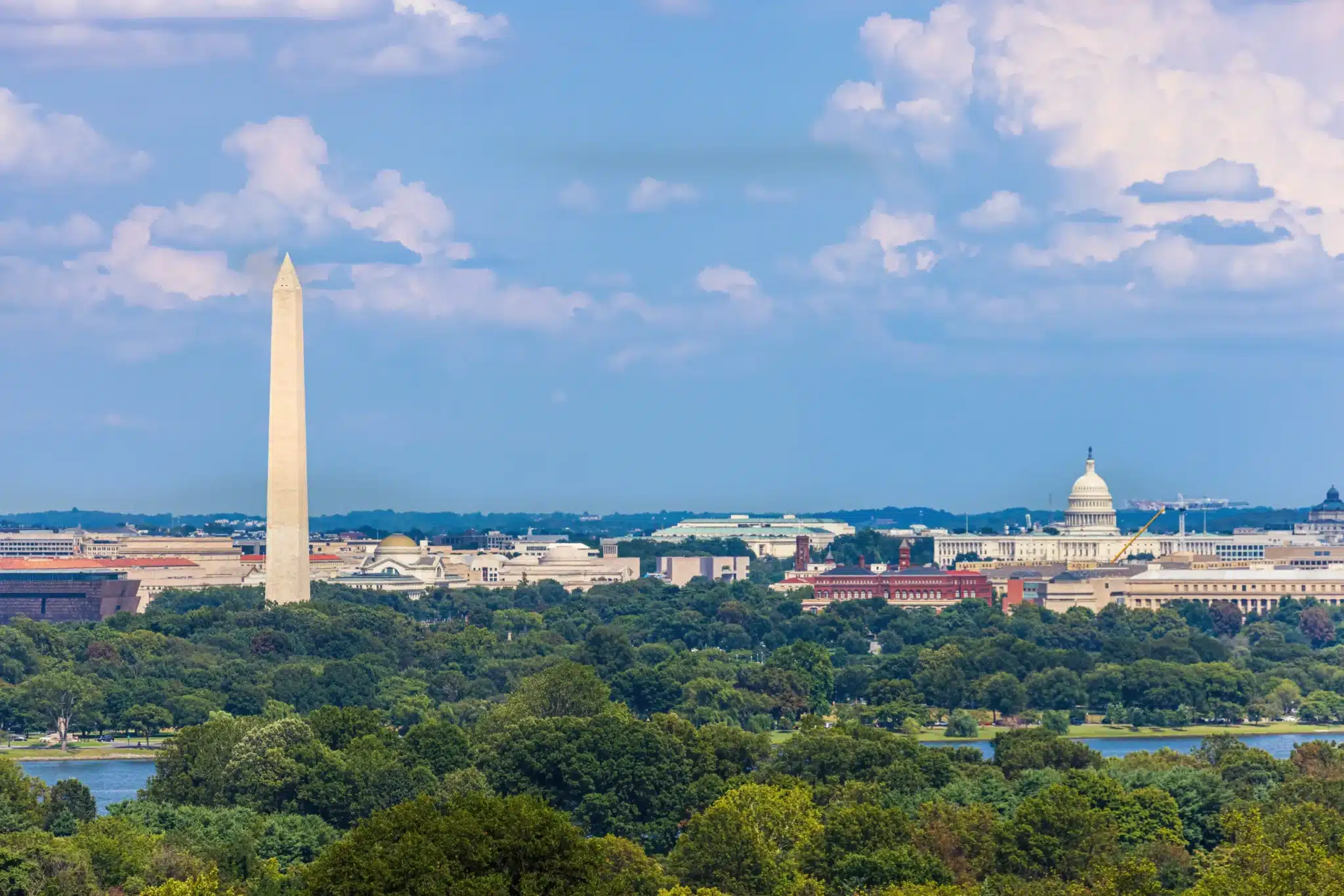
State authorities recently confirmed that there were no survivors in the aftermath of an unresponsive plane crashing in Virginia after it violated Washington D.C.’s restricted airspace. The plane, a Cessna 560 business jet, attracted widespread attention as it drifted over the capital, prompting the military to scramble a fighter jet in response. The F-16 fighter jet’s subsequent sonic boom was reported by numerous residents throughout the capital region.
The Cessna Citation had initially departed from Elizabethton, Tennessee, with four people on board, including a toddler. As it entered the restricted airspace, F-16 jets were deployed to intercept the unresponsive aircraft before it tragically crashed in Virginia. Despite the swift response from military and local law enforcement officials, a statement from the Virginia State Police confirmed that no survivors were found at the crash site.
While the exact cause of the plane’s unresponsiveness and subsequent crash is still under investigation, the tragic incident has highlighted the importance of closely monitoring and enforcing airspace restrictions around critical areas such as the nation’s capital. The safety and well-being of the public and those on board such flights remain paramount concerns in these situations.
Crash Overview
DC Airspace Violation
An unresponsive business plane, Cessna 560, violated Washington D.C.’s restricted airspace on June 4, 2023, leading to F-16 jets intercepting it at supersonic speeds. This pursuit resulted in a loud sonic boom heard around the D.C. area, causing significant concern among the residents.
Virginia Crash Site
The plane, carrying four passengers, proceeded to crash into the mountainous terrain near Montebello, Virginia, around 3:30 p.m. Virginia State Police were notified of the potential aircraft crash at 3:50 p.m. in the Staunton/Blue Ridge Parkway region and promptly began search efforts.
No Survivors
Despite the efforts of first responders who reached the crash site hours after the incident, Virginia State Police confirmed that there were no survivors found. Among those onboard were a toddler and three adults.
Aircraft and Pilot Information
Cessna Citation
The aircraft involved in the crash was a Cessna 560 Citation V, a popular private plane known for its reliability and performance. The Cessna Citation series is a family of business jets designed for comfort and efficiency. The Cessna 560 Citation V can accommodate up to 8 passengers and has a cruising speed of nearly 500 miles per hour.
Pilot Details
Although specific details about the pilot are not available, it is generally required that they hold a valid pilot’s license and have completed the appropriate training for flying a Cessna Citation aircraft. Pilots must adhere to Federal Aviation Administration (FAA) regulations and guidelines when operating any aircraft.
Flight Origin and Destination
The Cessna 560 Citation V involved in the crash originated from Tennessee and was en route to Long Island. Unresponsiveness from the aircraft prompted F-16 jets to chase it before ultimately crashing in Virginia. Unfortunately, there were no survivors found after the incident.
Interception and Response
NORAD and F-16 Involvement
The North American Aerospace Defense Command (NORAD) quickly identified the unauthorized aircraft entering the restricted airspace over Washington, D.C., and scrambled F-16 fighter jets to assess the situation. The intercept was executed by a pair of F-16s, which worked in tandem to maintain control over the airspace and prevent any potential threats to nearby areas.
Joint Base Andrews Actions
Upon receiving the alarm, Joint Base Andrews swiftly initiated a series of actions in collaboration with NORAD to address the situation. This included launching additional fighter jets as needed and coordinating with local law enforcement agencies to ensure the safety of citizens in the proximity of the airspace violation.
Encroaching on Restricted Airspace
The unauthorized aircraft penetrated the highly controlled D.C. airspace, which is known for its strict restrictions and continuous surveillance. As a result, authorities were on high alert and acted immediately to address the infringement. The aircraft ultimately crashed in Virginia, and state police confirmed that there were no survivors.
Sonic Boom and Supersonic Speeds
As the F-16s approached and intercepted the violating aircraft, they reached supersonic speeds, causing a sonic boom to be heard and felt over a wide area. The sonic boom is a direct consequence of an object, in this case, the fighter jets, surpassing the speed of sound. This event added urgency to the response, as the loud sound and shockwave could be disconcerting to the public. The interception of the aircraft showcased the efficiency and effectiveness of the NORAD and Joint Base Andrews teams in ensuring safety and maintaining control over restricted airspace.
Investigation and Findings
National Transportation Safety Board Involvement
The National Transportation Safety Board (NTSB) will quickly launch an investigation into the tragic incident involving a Cessna Citation that crashed in Virginia after violating DC airspace. The NTSB, working closely with local authorities, will begin collecting evidence and analyzing the wreckage to understand the sequence of events leading to the crash. The search efforts were joined by first responders, who worked tirelessly in the challenging conditions of the Shenandoah Valley.
Factors to be Examined
During the investigation, a number of factors will be assessed, including:
- The condition and maintenance of the aircraft
- The actions and decisions of the pilot
- Weather conditions at the time of the crash
- Air traffic control and communication
The NTSB will utilize sophisticated technology, eyewitness accounts, and available data to piece together a clearer picture of what may have caused the crash.
Similar Incidents
Unfortunately, this is not the first incident involving aircraft flying unresponsive in restricted airspace. In 1999, a similar crash occurred when a private jet veered off course and entered restricted airspace, ultimately crashing. Learning from past incidents, the NTSB, along with other aviation safety organizations, continue to work on proactive measures that aim to prevent such tragedies from happening in the future. This includes increased awareness campaigns, improvements to alert systems, and the implementation of innovative technology to monitor and track aircraft to ensure safety in the skies.
Context and Reactions
Impact on Washington D.C. and New York
The plane crash that occurred after violating D.C. airspace had a significant impact on both Washington D.C. and New York. Authorities in both cities were on high alert, as concerns about potential security threats escalated. In Washington D.C., the U.S. Capitol and surrounding buildings were temporarily locked down, while in New York, law enforcement and security agencies increased their presence around key locations.
Presidential and White House Response
President Joe Biden and the White House reacted swiftly to the incident. The U.S. Secret Service coordinated with other security agencies to ensure the safety of the president and the White House staff. President Biden was briefed on the situation and was continuously updated as new information emerged. In an official statement, the White House expressed concern for the victims of the crash and their families, while also praising the quick response of emergency and security personnel.





